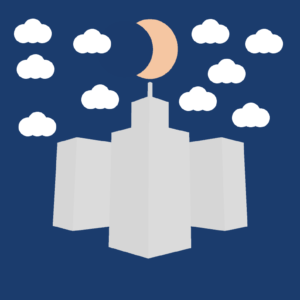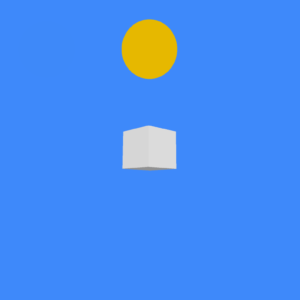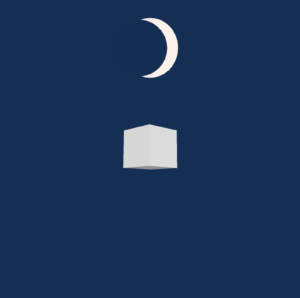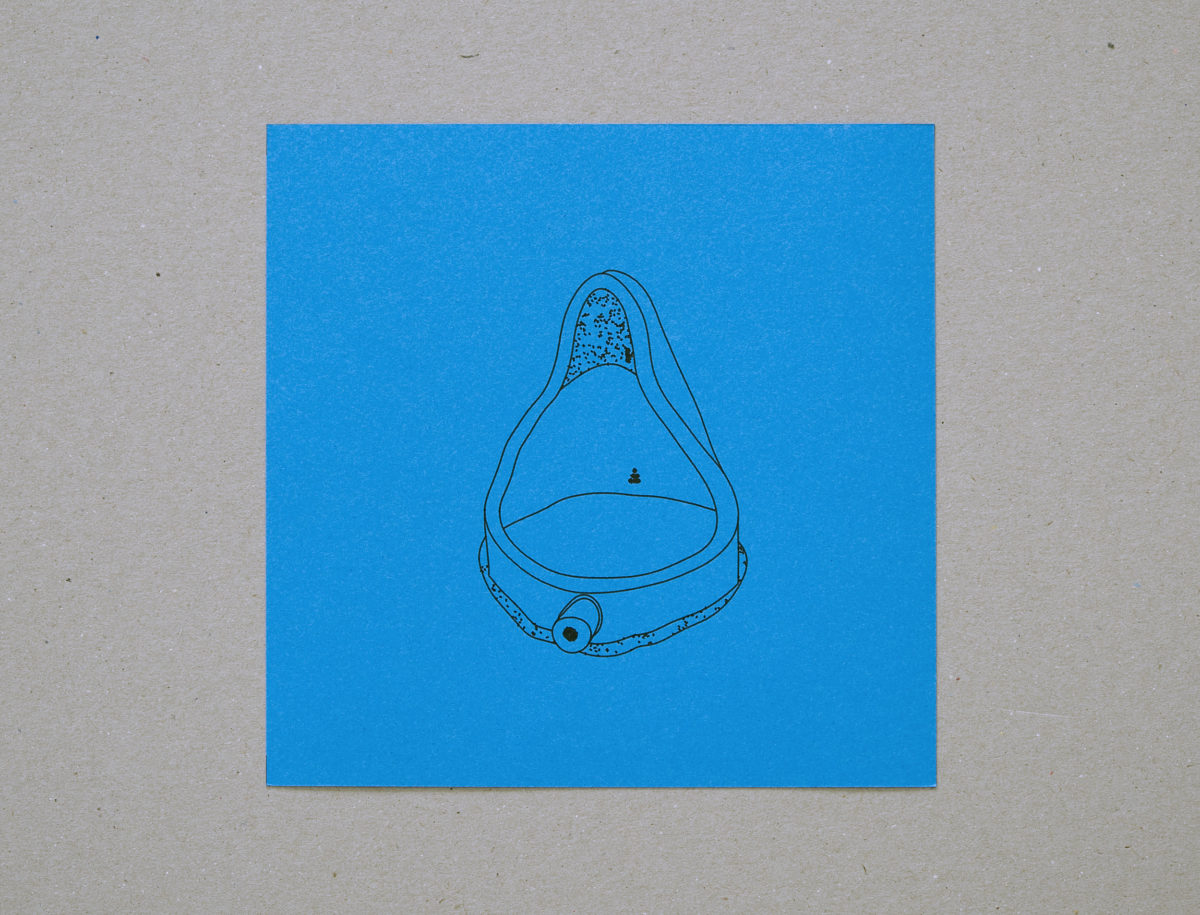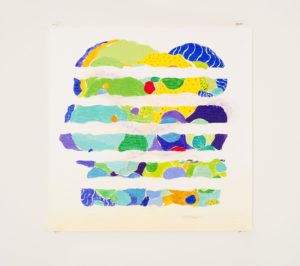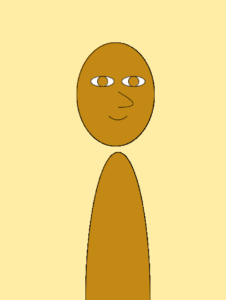For my final project, I set out to use the tools and techniques I had learned during this semester to create an interactive map that people would be able to engage with to find which of multiple dinner parties was closest to them, and to help them get connected to the people hosting it.
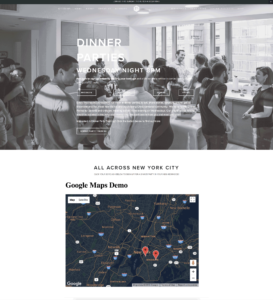
You can find my code here!
One of my biggest frustrations with the previous coding classes I’ve taken is that most of the work never goes beyond the complier, and is not something people can find easily and understand what’s happening. So for this project, I wanted to stretch and try to bring an idea fully to realization, incorporating it into a website that would be easily found.
I utilized the google maps API to create the map, and going into this project I thought I would have to pixel-map the markers in order to create them, and using p5.js create functions to trigger events when they are clicked on. Once I did my research after getting into the project and learned about all of the functionalities that the Google Maps API provides, I learned that I was able to do all of that through the API, in a way that is designed much more beautifully and seamlessly than something I would have been able to do.
It didn’t take me long to get from step 1 (creating the map and adding the points and events) to step 2 (embedding it into the map and giving the user ability to manipulate the canvas), but it took forever to try and figure out step 2. This project started off appearing very ambitious, then through the API’s seemed much simpler, then became nearly impossible once I dove into the computer-generated code from squarespace that made up the website I was seeking to embed my map into.
I feel that I made two critical mistakes that led to my project not finishing as I imagined it would. 1) I made a (rather large) technical aspect of my project based on skills that I hadn’t quite developed yet. I wanted to stretch but I should have stretched within the bounds of the canvas and p5.js, instead of reaching out. 2) My project was dependent upon understanding and interacting with code that I didn’t have any documentation on, connection to, and that was not written for humans to interpret. This left me stuck at the second stage for the majority of my time working on this project, troubleshooting visibility issues and errors that popped up out of nowhere that were hidden within several hundred lines of code.
Overall, I am proud of myself for being able to access and understand using the Google API, which I can see being very useful in the future, as well as navigating the different challenges of this project, from acquiring server space to combining javascript with html and css, learning how to work with a project that spans multiple files, and how to ask for help when I know I need it. One of the best classes I’ve taken at NYU thus far. Thank you Scott.


